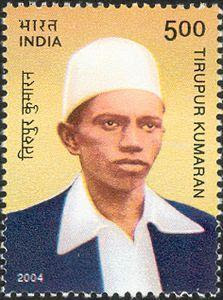Kids Music Day is celebrated annually on the first Friday of October to promote the importance of music education for children and to highlight the benefits of music in their development. The day encourages children to explore their musical talents and inspires parents, educators, and communities to support and invest in music programs for young learners.
Music has been shown to have a positive impact on children's cognitive, emotional, and social development. It enhances creativity, boosts self-confidence, improves memory, and promotes teamwork and discipline. On this day, music schools, educational institutions, and organizations around the world often organize special events, workshops, free lessons, and performances to introduce kids to various instruments and musical styles. Many also use the occasion to raise awareness about the importance of music programs in schools and to advocate for keeping music education accessible for all children.
Kids Music Day is spearheaded by the organization Keep Music Alive, which aims to spread the message of the importance of music in the lives of children and in society as a whole. It provides an opportunity for young musicians to showcase their talents and for children of all ages to discover the joys and benefits of making music.





%20BRAHMACHARINI.jpeg)



